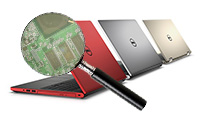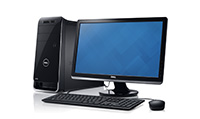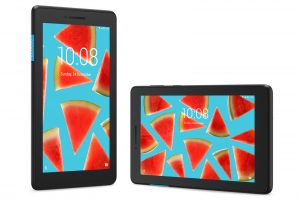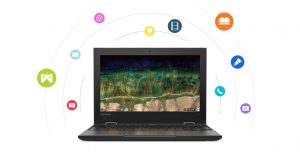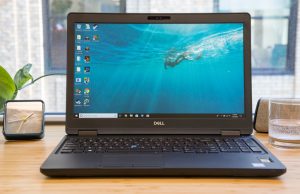

Some would be surprised to know that a Microsoft Hardware group was established in 1982, and has three decades of history involving computer keyboard, webcam, and mouse production. Now, thirty years later, it should come as no surprise that the one company that most desires to prepare you for Windows 8 with a haptic mouse, is Microsoft itself.
Enter the Microsoft Explorer Touch Mouse
Ergonomically, the Explorer Touch Mouse is a straight-forward ambidextrous design accommodating both left and right-handed users equally. Too bad if your hands have thumbs though, because no thumb buttons were included on this unit.
The touch-sensitive strip has two buttons, one on each end. This mouse also has the expected right and left buttons, for a total count of five buttons. Haptic-feedback, in the form of vibration through the touch-sensitive strip, indicates which one of the three scrolling speeds has been selected.
The Explorer employs a 2.4 GHz wireless, USB, "plug-and-go nano" transceiver which can be stored in the base of the mouse. That may not be necessary, however, because it's tiny transceiver protrudes only half of a centimeter from a USB port.
Assessment
Gamers "need not apply" because the maximum speed at which movements can be tracked is approximately 4.9 feet-per-second.
This mouse requires two AA batteries, and claims up to an 18-month battery-life, which seems overly optimistic considering the probable power requirements of the haptic-feedback vibration mechanism.
Typical users will find that the most useful feature is optimized, high-speed scrolling through long spreadsheets, documents, and web pages.

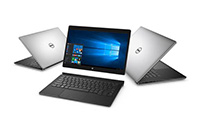 Laptop & Tablet Parts
Laptop & Tablet Parts